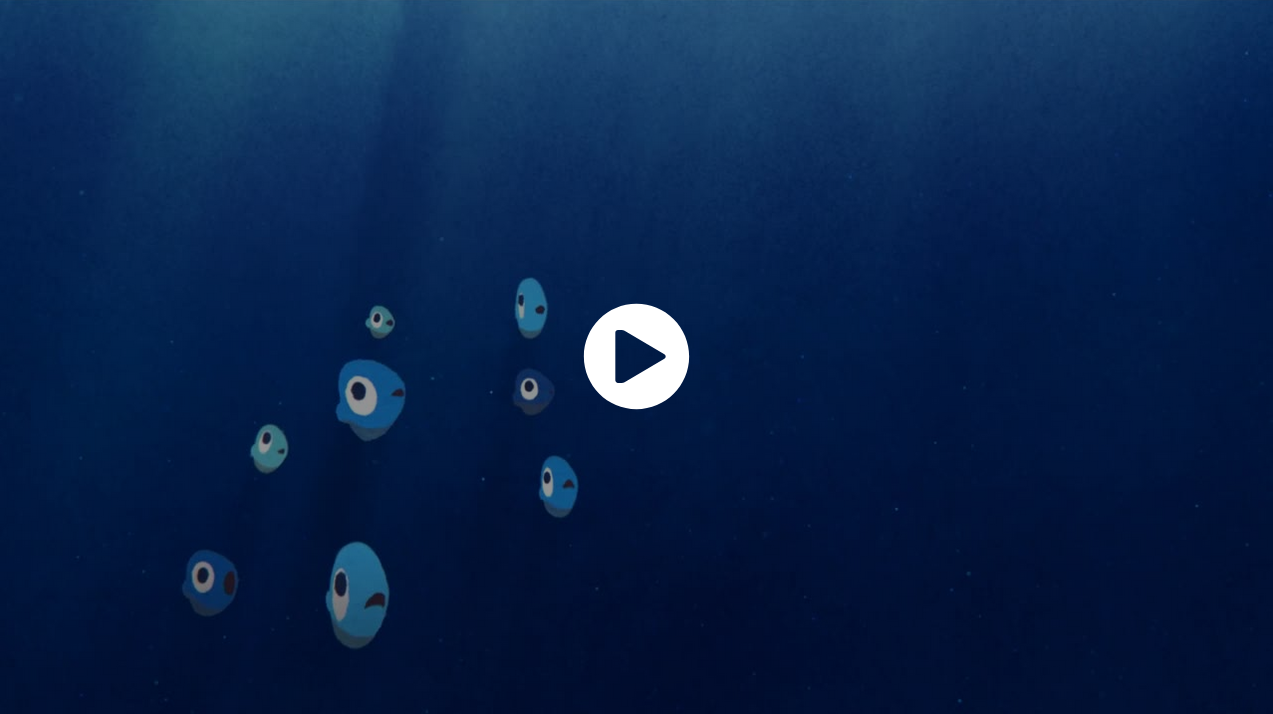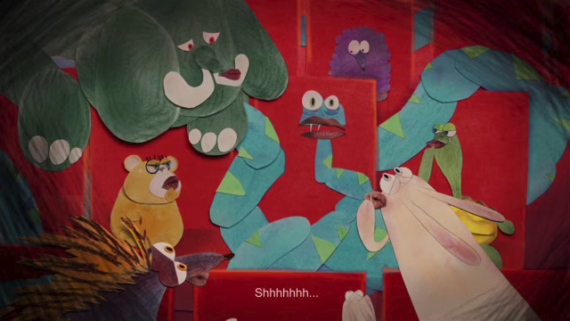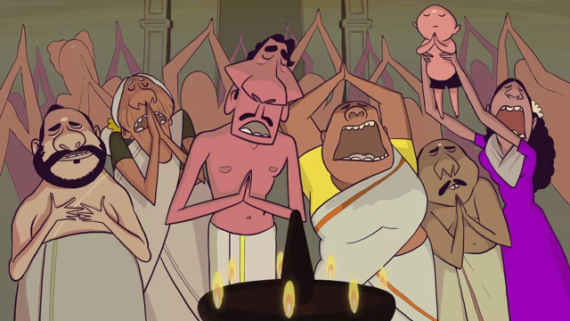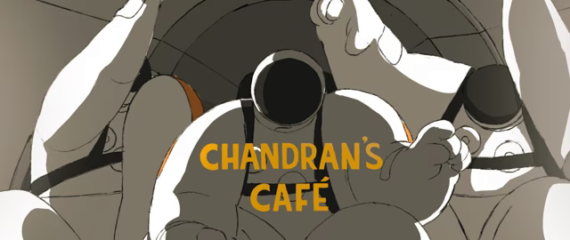“As a child, I never wanted to become a filmmaker.”: In conversation with Krishna Chandran
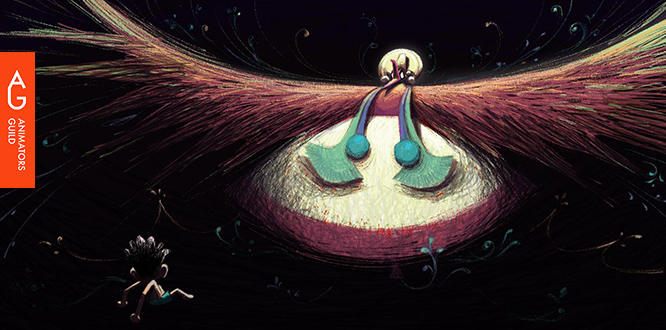
Meet Krishna Chandran, an animation filmmaker from Kochi, who has been creating stories that have resonated across the globe. With nearly 100 nominations and 13 prestigious awards under his belt, Krishna’s journey is nothing short of remarkable. His path—shaped by cultural influences, academic experiences, and international exposure—reflects his passion for storytelling and animation.
As a child, I never wanted to become a filmmaker for the silly fear of spoiling the ending of the films I’d make
Krishna’s story begins in Tripunithura, Kochi, a place known for its rich cultural appreciation of art. Encouraged by his father and mother, who kept a careful record of his early sketches, Krishna found drawing to be the most comfortable medium for expressing his thoughts. In his early years, he found immense joy in illustrating stories and poems from his school textbooks. This passion eventually led him to the world of animation.



Sundara Kallan A collection of Short Stories Written by K C Anilkumar Illustrated by Krishna Chandran
The magic of images coming to life through animation mesmerised me and I used to turn the corners of all my books into flipbooks.
However, as his peers pursued more conventional careers, Krishna followed his gut, enrolling in the National Institute of Design to pursue Animation Film Design.
Krishna’s time at NID was pivotal. The environment, focused on creativity and problem-solving, opened up new avenues for his passion. “It was liberating to just draw all day,” Krishna says.
We were encouraged to draw inspiration from our own surroundings and personal experiences, which brought more authenticity to the stories I told.
A stop motion film made by Krishna and his team during a claymation workshop at NID.
He also made his first foray into documenting life through comics, which eventually evolved into filmmaking. His exposure to films from various countries and cultures broadened his perspective on storytelling.
“Designing is about problem-solving, not just drawing,” he explains—a lesson that took time to sink in but became the foundation of his practice.
After NID, Krishna’s desire to pursue animation led him to La Poudrière, France, where he specialised in animation film direction. This experience was transformative. The rigorous, hands-on training at La Poudrière taught him the discipline required to bring his creative ideas to life.
A film made by Krishna as part of a workshop at La Poudriere, ecole de film d'animation, guided by Gil Alkabetz.
Opening promo for the Clermont Ferrand Short Film Festival, 2015
“The French animation scene has always inspired me,” Krishna reflects. His time at La Poudrière allowed him to collaborate with mentors and industry professionals while creating several short films, honing his skills as both a director and animator.
One of the most important lessons I learned at La Poudrière was the discipline required to make films. As artists, we often have a free-spirited approach, but that can sometimes leave us feeling lost.
One of his key projects at La Poudrière is Pour L'amour de Dieu (For the Love of God), a satirical film which explores the relationship between money and religion through the journey of a coin in a temple. The film gained attention in India after being picked up by ScoopWhoop in 2014, sparking a few conversations and heated debates online.
Krishna’s first project at La Poudriere, School of Animation Filmmaking is based on the given theme 'Argent'(money)
Throughout the film small gestures of the character like circling the coin around his head before dropping it in the donation box excited the French audiences. It communicated a deep sense of the character’s belief and conveyed his hope effectively without any dialogues.

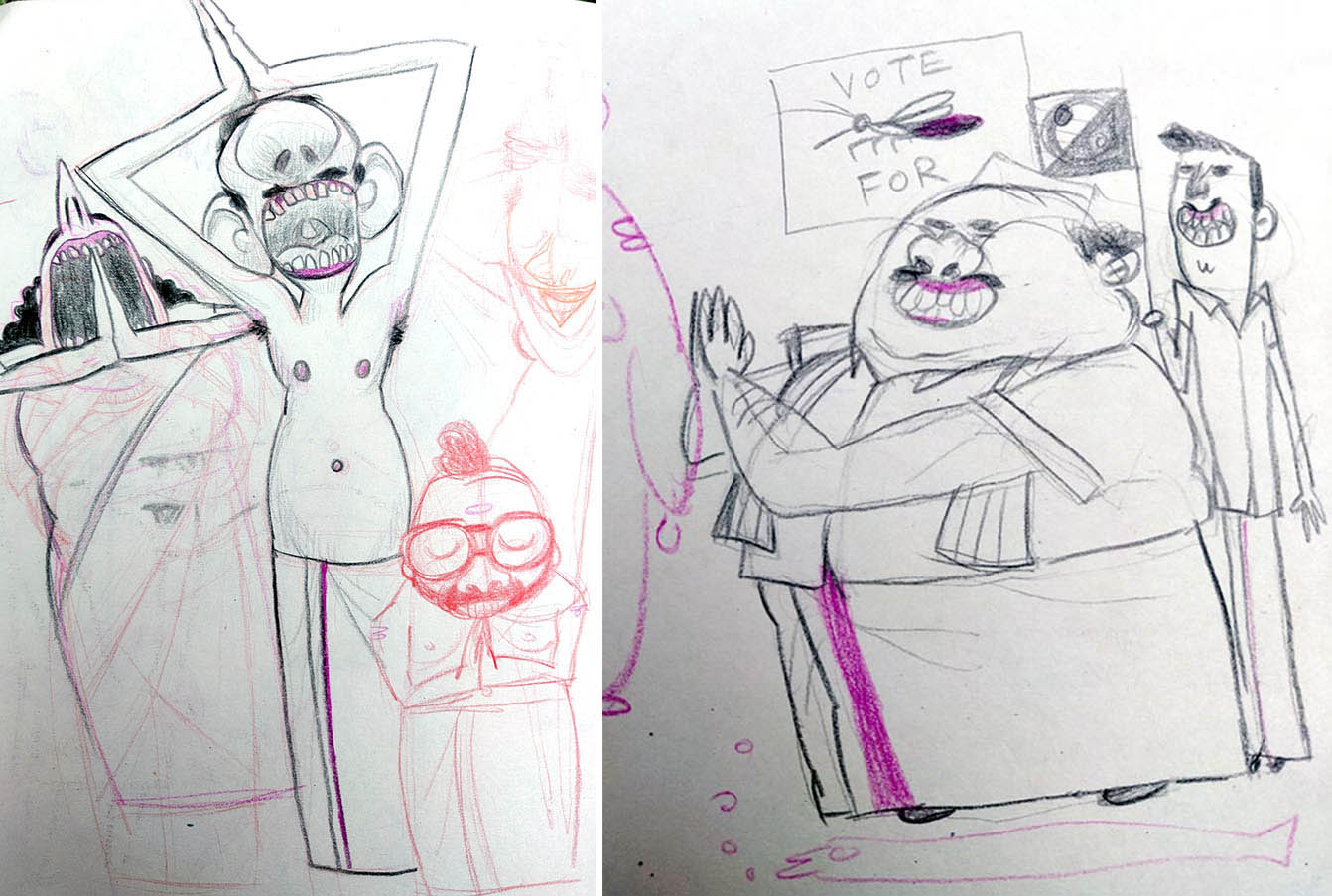
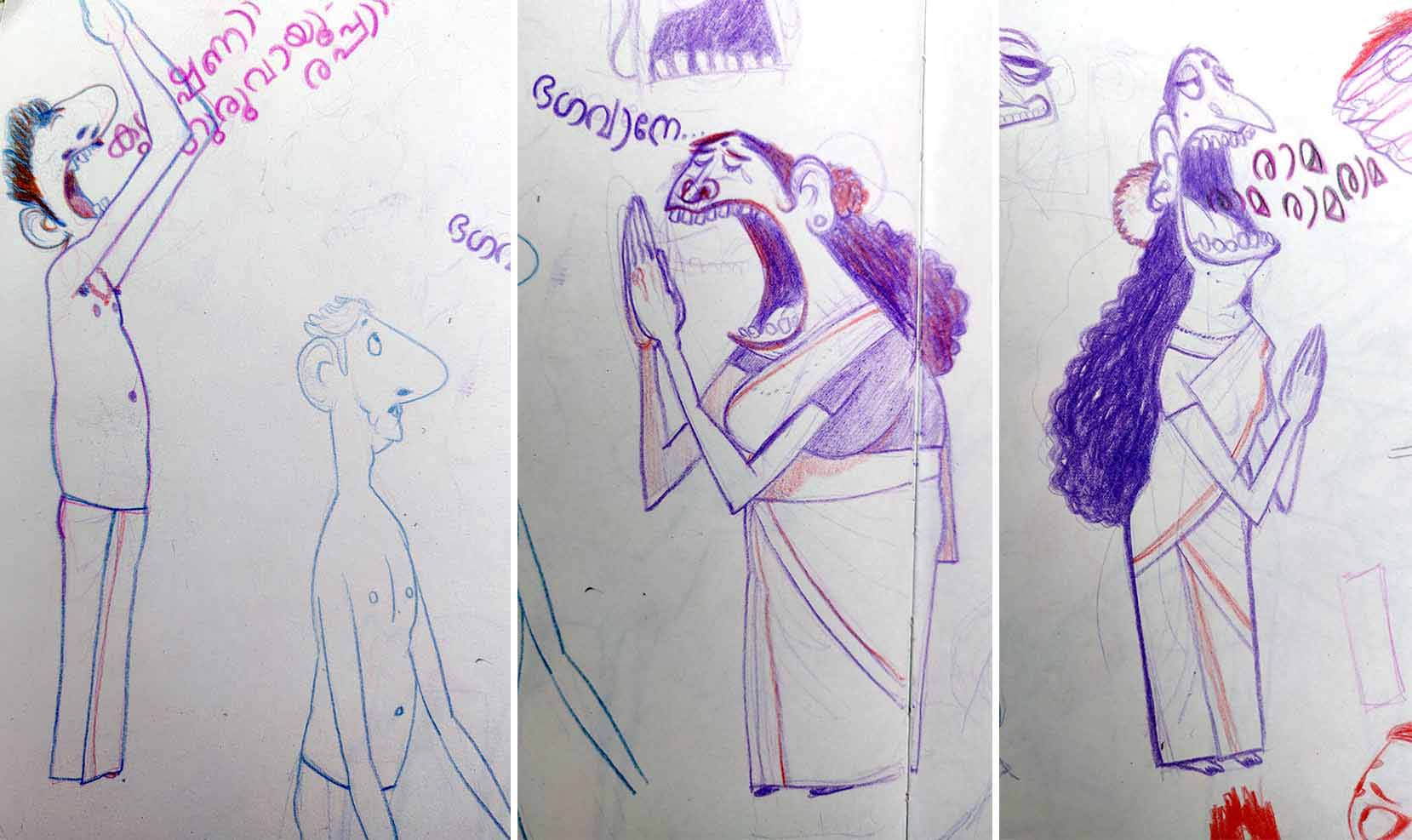
”It was a small detail I had added without much thought, but it taught me a valuable lesson about how subtle details like these can help communicate stories rooted in our culture efficiently to an international audience.”
Channelling his frustration of being away from his loved ones into a new film, Krishna created Chandran’s Cafe that talks about long distance and the interaction with a new culture through a Malayalee guy running a tea stall on the Moon; a playful nod to the stereotype that you can find Malayalees anywhere in the world, even on the Moon.
He shares that he is fortunate to have had Stéphane Aubier, creator of A Town Called Panic, as his mentor. At the end of the year, he and his team pitched their films to channels like Arte and Canal+. He was thrilled when Chandran's Café was selected to air on Arte’s Court Circuit. The film continued to receive appreciation in India, especially Kerala.
It’s incredibly rewarding to see how audiences connect with the cultural nuances and humour, and it fills me with joy knowing that the story still resonates with them.



His creative process for animated films is fluid, with ideas developing unpredictably. He often sketches characters and scenarios while jotting down key points. From there, he gradually refines each aspect of the story. To gain clarity, he creates a pitch deck to outline key details, motivations, and character backstories.
In solo pre-production, he typically skips to the animatic stage after drafting a loose script, experimenting with timing and flow. He regularly seeks feedback to ensure clarity. For tools, Krishna uses TVPaint for animatics and animation, Photoshop for painting, and Premiere Pro or After Effects for editing, often adding handmade textures for an organic touch.
A silly scribble of a fish on my sketchbook that resembled another sketch of a balloon that I had made earlier got me a thread for my next short film, Drôle de Poisson (Funny Fish).
Krishna’s career reached a new level when he began working with Folimage, a renowned French animation studio. During the Young Audience Fellowship at the studio, Krishna directed Drôle de Poisson (Funny Fish),with the support of Canal+ and a Swiss animation studio Nadasdy, a short film that would go on to gain international acclaim.
“Funny Fish is a children’s film where the sea comes together to rescue a fish, unaware that it’s just a balloon,” Krishna says, reflecting on the film’s whimsical yet profound narrative.





The film was showcased at over 100 festivals and won 13 awards, including recognition at Annecy, Ottawa International Animation Festival and Fantoche Animation Festival. During Funny Fish's 8-month production, he also adapted the film into a children’s book, creating custom illustrations that doubled as concept art.
By the end of every film I make, there is always something I wish I’d fixed or done differently. I try to see this as personal growth along the process and try to rectify them in my next films.

Currently, Krishna is working on his next directorial venture, Hide & Seek, a psychological drama that explores trauma through the lens of childhood fears. The film revolves around a traumatic incident that unfolds in a traditional Kerala home, which alters the life of the protagonist, Unni. The story is set against the backdrop of the Garudan Thookkam ritual that takes place in parts of Kerala.
“This ritual used to frighten me growing up and Hide & Seek uses the Garuda from it as a metaphor to talk about trauma.” he says.

Following the successful pitch of Hide & Seek with Animela festival in Mumbai and the prestigious Annecy International Animation Film Festival in France, the film is being produced by Mr. Sunil Doshi under the banner of Handmade Films Ltd., with co-production from the French studio Nojo & Co. The film is currently being developed in pre-production, with completion targeted for mid-2025.
Even now, when I hit a creative rut, I sometimes intentionally put myself out of my comfort zone where I need to learn new skills and I feel that it helps me stay creatively engaged and inspired.
For aspiring animation filmmakers, Krishna advises respecting your personal projects as much as your commissioned work. Stay organised and always be open to feedback. Even if progress feels slow, consistency will take you far.
Sometimes, when you’re too focused on reaching your destination, the project itself may take you on an unexpected journey. It’s important to recognize when to pivot and adjust.
Krishna Chandran’s journey, from the vibrant artistic atmosphere of Kochi to the global stage of animation festivals, is a testament to his dedication, creativity, and ability to blend cultural authenticity with storytelling. As he continues to push boundaries through his direction and animation, we eagerly await what’s next in store for this budding filmmaker.
You can reach out to Krishna Chandran on the channels below:

Krishna Chandran

